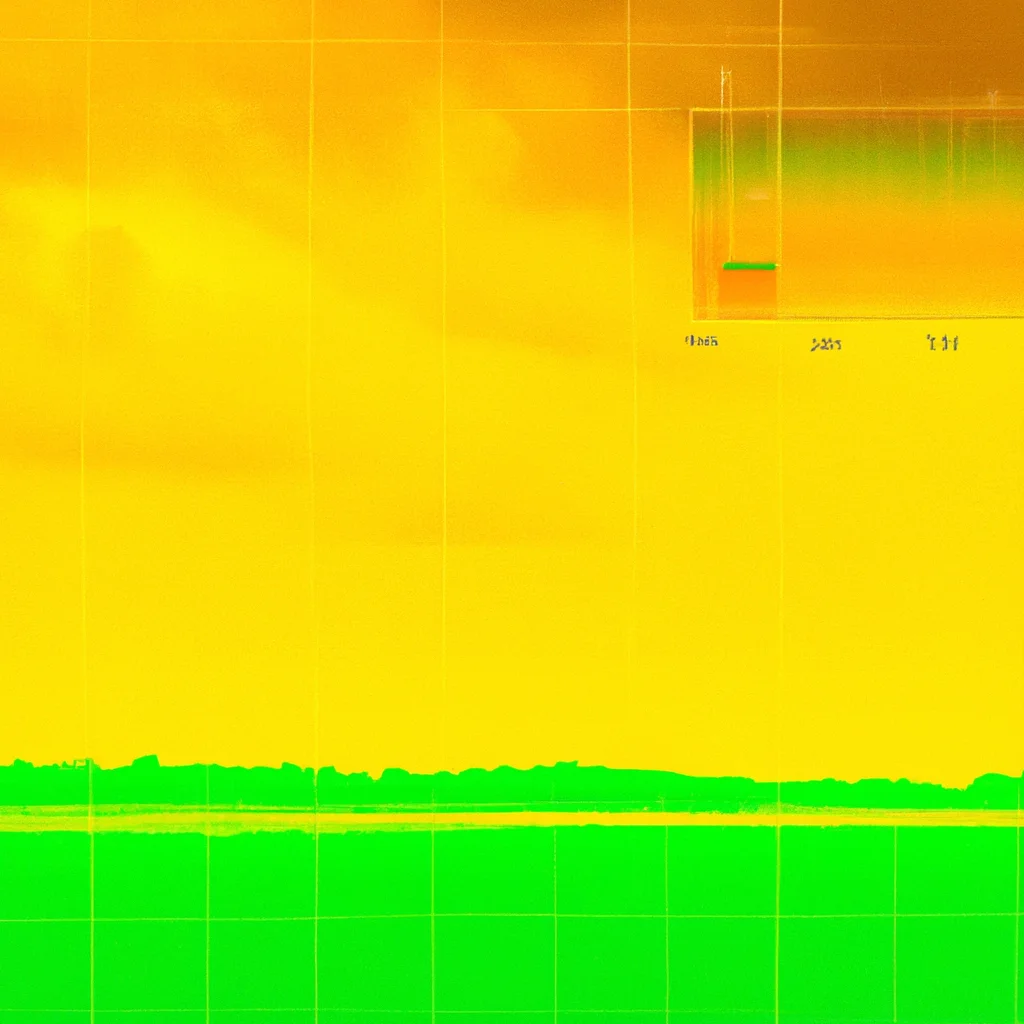What are the principles of thermal imaging?


What are the principles of thermal imaging?
Thermal imaging, also known as infrared imaging, is a technique that allows us to see and measure temperature variations in a specific area. It is a non-contact, non-destructive technology that has a wide range of applications in various industries such as medical, military, and construction. This article aims to provide a comprehensive understanding of the principles of thermal imaging, its technology, and applications.
Principles of Thermal Imaging
Thermal imaging works on the principle of detecting and measuring the infrared radiation emitted by objects. Every object, regardless of its temperature, emits some form of infrared radiation. The amount of radiation emitted depends on the object’s temperature, emissivity, and reflectivity. A thermal camera captures this emitted radiation and converts it into an image that displays temperature variations in different colors. The colors indicate the temperature range, with warmer colors indicating higher temperatures and cooler colors indicating lower temperatures.
Thermal Imaging Technology
Thermal imaging technology consists of three main components: an infrared detector, an optical system, and an image processor. The infrared detector is responsible for capturing the emitted radiation and converting it into an electrical signal. The optical system focuses the infrared radiation onto the detector, while the image processor converts the electrical signal into an image that can be displayed on a screen.
There are two main types of thermal imaging cameras: uncooled and cooled. Uncooled cameras use a microbolometer detector, which is a type of infrared detector that does not require cooling. Cooled cameras, on the other hand, use a more sensitive detector called a quantum detector that requires cooling to improve its sensitivity. Cooled cameras are more expensive and are typically used in high-end applications such as military and aerospace.
Thermal Imaging Applications
Thermal imaging has a wide range of applications in various industries. Some of the most common applications include:
1. Medical: Thermal imaging is used in medical applications such as detecting breast cancer, diagnosing musculoskeletal injuries, and monitoring the temperature of patients. It is a non-invasive technique that does not involve radiation, making it a safe and effective tool for diagnosis.
2. Industrial: Thermal imaging is used in industrial applications such as detecting faulty electrical components, monitoring the temperature of machinery, and detecting leaks in pipes. It is a non-contact and non-destructive technique that can detect problems before they cause significant damage.
3. Military: Thermal imaging is used in military applications such as surveillance, target detection, and navigation. It is a valuable tool for soldiers and pilots who need to operate in low-light conditions or in environments with poor visibility.
4. Construction: Thermal imaging is used in construction applications such as detecting insulation defects, identifying water leaks, and detecting air leaks in buildings. It is a cost-effective and efficient method for detecting problems that could lead to energy loss and other issues.
Conclusion
Thermal imaging is a powerful technology that has a wide range of applications in various industries. Its principles are based on detecting and measuring the infrared radiation emitted by objects, and its technology consists of an infrared detector, an optical system, and an image processor. With its non-contact, non-destructive, and safe approach, thermal imaging is a valuable tool that can detect problems before they cause significant damage. As technology continues to advance, thermal imaging will continue to play an important role in various industries, making it an essential tool for professionals in different fields.
Recent Posts
How do I create an engaging and informative online quiz or assessment?
Creating an engaging and informative online quiz or assessment can be a powerful tool for… Read More
What are the most effective methods for managing and reducing work-related stress in the hospitality industry?
Work-related stress is a common issue in the hospitality industry, where employees often face long… Read More
How can I improve my assertiveness and communication skills in a leadership position?
In a leadership position, assertiveness and effective communication skills are crucial for success. Being able… Read More
What are the key elements of a successful employee recognition and rewards program?
Employee recognition and rewards programs play a crucial role in motivating and engaging employees, as… Read More
How do I effectively manage and respond to customer feedback and reviews?
Customer feedback and online reviews play a crucial role in shaping a company's reputation and… Read More
What are the best strategies for effective time management as a stay-at-home parent?
Effective time management is crucial for stay-at-home parents who juggle multiple responsibilities on a daily… Read More